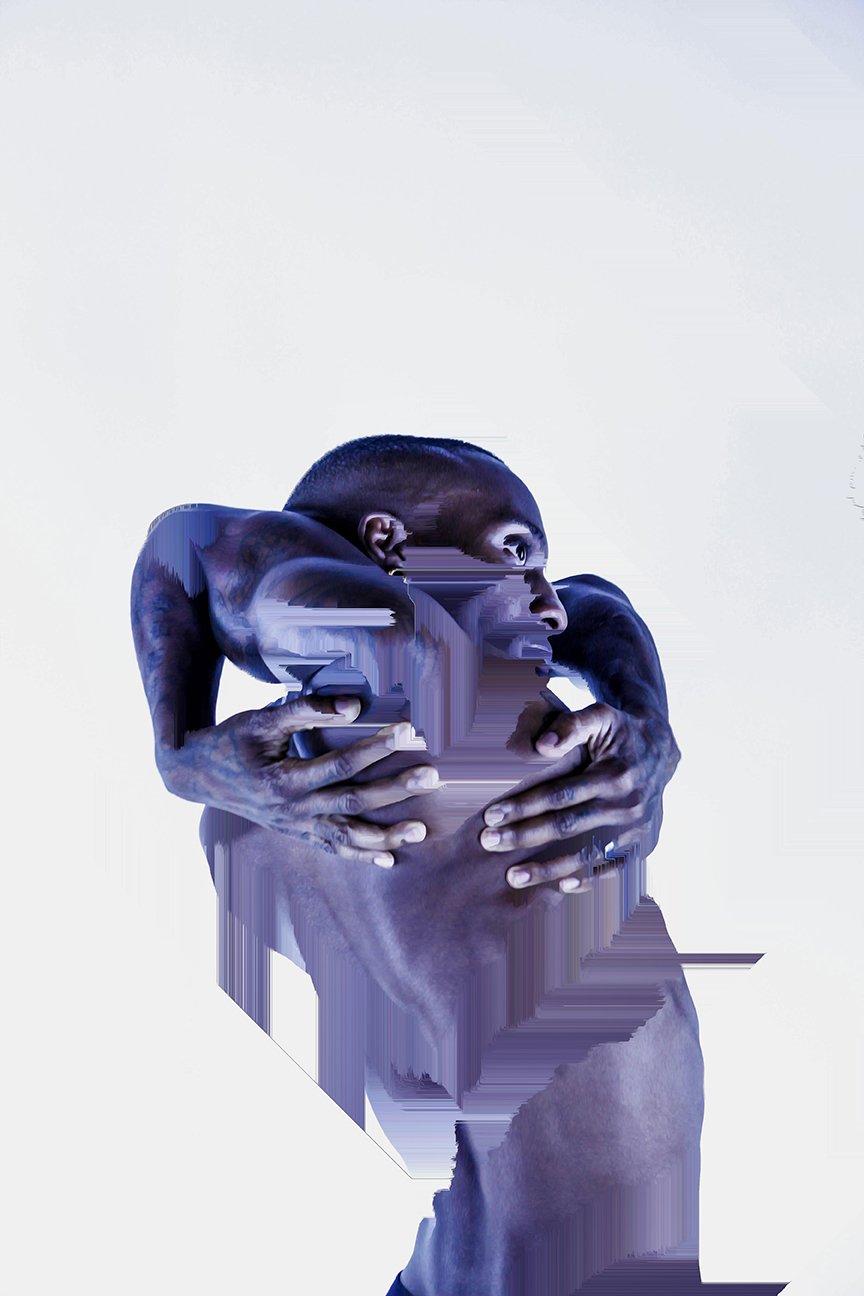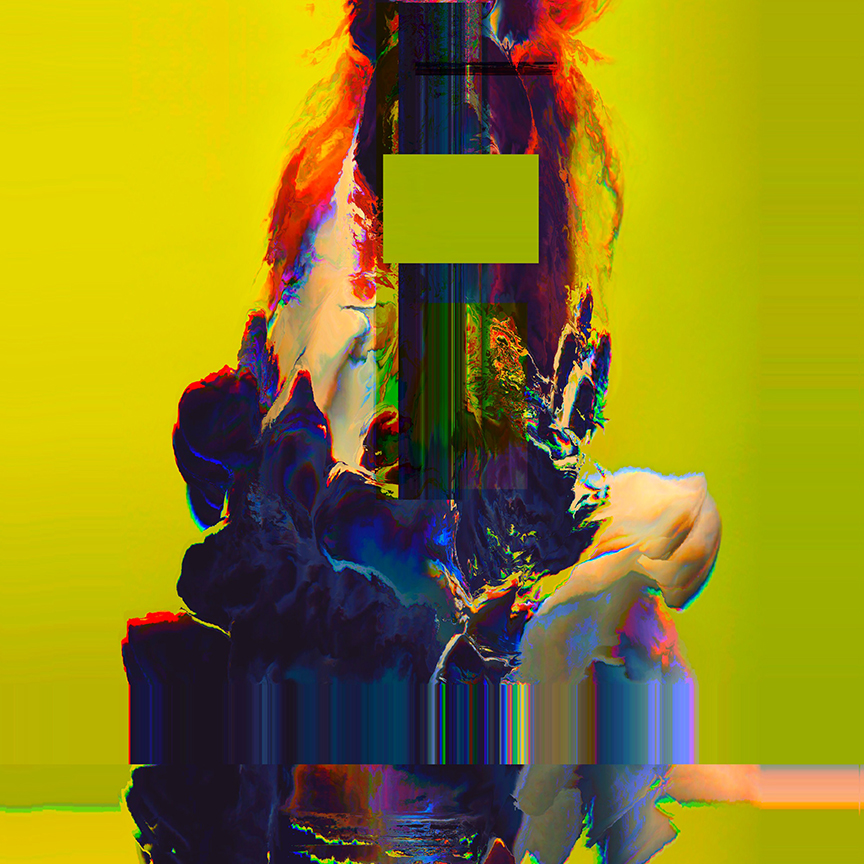Andrew Thomas Huang nominated the interdisciplinary artist Jason Akira Somma:
I often jokingly refer to Jason as a "technecromancer:" a sort of 21st century mad scientist locked away in a dungeon where he scavenges society's discarded hardware and surgically hacks it, breaks and crashes it until it twitches and glitches back to life in some perversely beautiful and distorted way. When I first met Jason I knew that he had a rich background in the dance world. Having studied extensively under the world-renown choreographer Jiří Kylián and even co-directed a number of his ballets and performances, Jason's philosophy on working with performers is a process of exploiting the specific character and movement of each dancer. He takes what might be perceived as physical limitations and transforms them into poetic gestures unique to each individual. Jason's intuitive approach to dance similarly applies to his approach to technology. Taking the prima materia of previously supposed "dead" tech, Jason resurrects and repurposes hardware, taking advantage of its existing design and function to forge pulsing, living and reactive image manipulation. There's something inherently biological and neurological about Jason's approach to technology that is indelibly linked to his intuitive understanding of body mechanics.
When I first met Jason I only knew his work through documentation, often video recordings of Jason's live dance performances with real-time analog video glitchwork and distortions. But when Jason invited me to his studio at the Armory in NYC, I was caught off-guard by the powerful presence of Jason's work in the flesh and in real-time. When I walked into his Armory studio, there were a set of two large projections screens and a mangle of tripods, LCD screens, camcorders and old TV sets piled under a Medieval iron black coat of arms. As a quick trick, he whipped out a metallic pen which he connected to a circuit board. He splashed a cup of water on the table. Then he then took the pen and began drawing within the pool of water, and with each stroke came a high-pitched electronic sound, like the warbly sound of a theremin, curving and looping with each flick of his hand.
“I often jokingly refer to Jason as a “technecromancer:” a sort of 21st century mad scientist locked away in a dungeon where he scavenges society’s discarded hardware and surgically hacks it, breaks and crashes it until it twitches and glitches back to life in some perversely beautiful and distorted way. ”
Jason then began sharing with me his video feedback projections, which he manipulated real-time with an analog control mixing board and a camcorder. The effect was immersive and hypnotic, resulting in impressionistic anatomical formations dancing, disappearing and reforming in kaleidoscopic sequence. I realized then that the magic of Jason's work isn't just the resulting images of his practice but the very kinaesthetic laboratory process itself of continually reconfiguring and re-circuiting the synaptic gap between bodily-technological action and response. I think of him as a sort of techno-alchemist in this way. As we plow further ahead into a digital future, there will always be Jason breaking and hacking the system, frankensteining the old and new together and holding it up to show us the black mirror.
You can read more about Jason and his recent exhibition at Gemeentemuseum at The Hague here.
Work by Jason Akira Somma:



